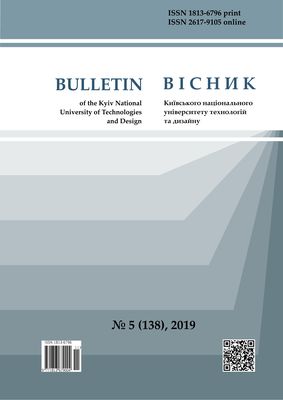Thermomechanical analysis of electrical conductive composite materials based on polyvinylbutyral
DOI:
https://doi.org/10.30857/1813-6796.2019.5.16Keywords:
thermomechanical analysis, deformation, equilibrium module, modulus of elasticity, material flow, electrically conductive compositesAbstract
The purpose of this work was to investigate the thermomechanical properties of electrically conductive polymer composites based on polyvinylbutyral, which can be used as shielding coatings for electronic equipment. The structure of electrically conductive polymer composites was studied using a desktop scanning electron microscope (Phenom Pro ). Investigations of the temperature dependence of the deformation of composite materials were obtained using the thermomechanical analyzer Q400 EM from TA Instruments, the USA in the temperature range from 20 to 180 ° C with a heating rate of 5 ° C/min. Indentor final zone diameter was 0.85 mm, applied force was 0.28 N, which corresponds to effort of 0,5 МPа. Composites based on polymer matrix and electrically conductive carbonaceous materials with the addition of magnetite have been developed. The thermomechanical analysis of composites was shown the structural transitions of the composite over a wide temperature range. Dependences for deformation derivate vs temperature have been analized. It was established that the introduction of carbonaceous materials as filler allows increasing the value of the equilibrium modulus of composite materials in the range of plastic deformation because the fillers limit the fluidity of the composite and as result their deformation. Thermomechanical analysis of composite materials for electromagnetic shielding was performed for the first time. The influence of the deformation resistance of the material was determinate taking in the account of nature and the amount of carbonaceous materials filler in the composite. Electroconductive composite materials with high thermomechanical stability was proposed for electromagnetic shielding protection in electronic devices.

